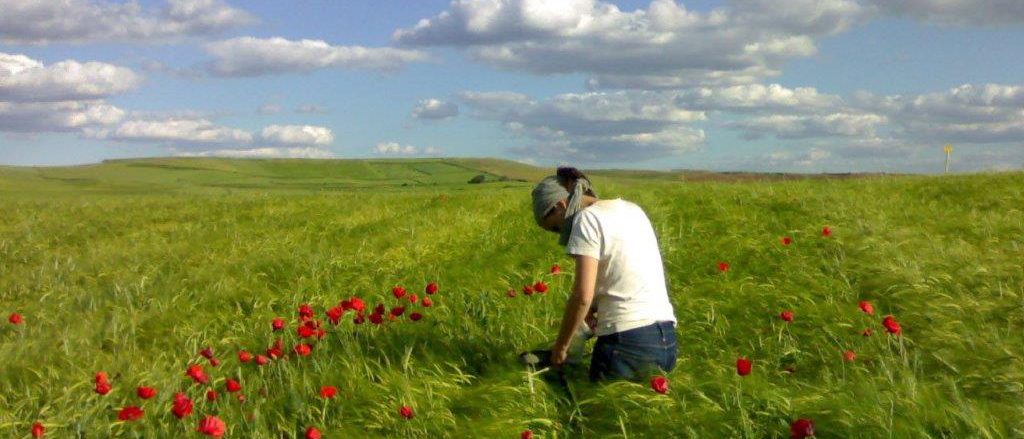(AGRIPOPES) 2007-2009
Agriculture intensification, associated with the Common Agricultural Policy (CAP), has contributed to the local, national and regional extinction of numerous European flora and fauna species as well as profound changes in the patterns of European agroecosystems over the last 40 years. It has led to the simplification and specialisation of agroecosystems, the abandonment of less fertile areas, an overall loss of landscape diversity and an increase in the use of chemicals per unit area. These three processes, which underlie the observed species loss on European farmland, have induced a degradation of habitat quality and decreases in the diversity and abundance of food resources used by herbivorous and predatory species. Recent reforms to the CAP and the accession of new EU member countries may have had many profound consequences for the biodiversity and the ecosystem services associated with Europe’s most widespread habitat.
A consortium of 10 research teams has examined two main features related to the ecosystem services provided by biodiversity in European agroecosystems: (1) the persistence of species with high conservation value, and (2) the prevalence of sustained biological control of important agricultural pests. These teams looked at a double gradient of geography/bioclimate and agricultural intensification, which permitted large-scale assessments of the ecological impacts of agricultural intensification across European agroecosystems. Among the main outcomes of this project are European-wide evaluations of the changes in biodiversity, simplification of food webs and the potential for biological control of agricultural pests in arable landscapes caused by agricultural intensification using standardised methods, and large-scale assessments of agri-environmental schemes associated with recent CAP reforms.


